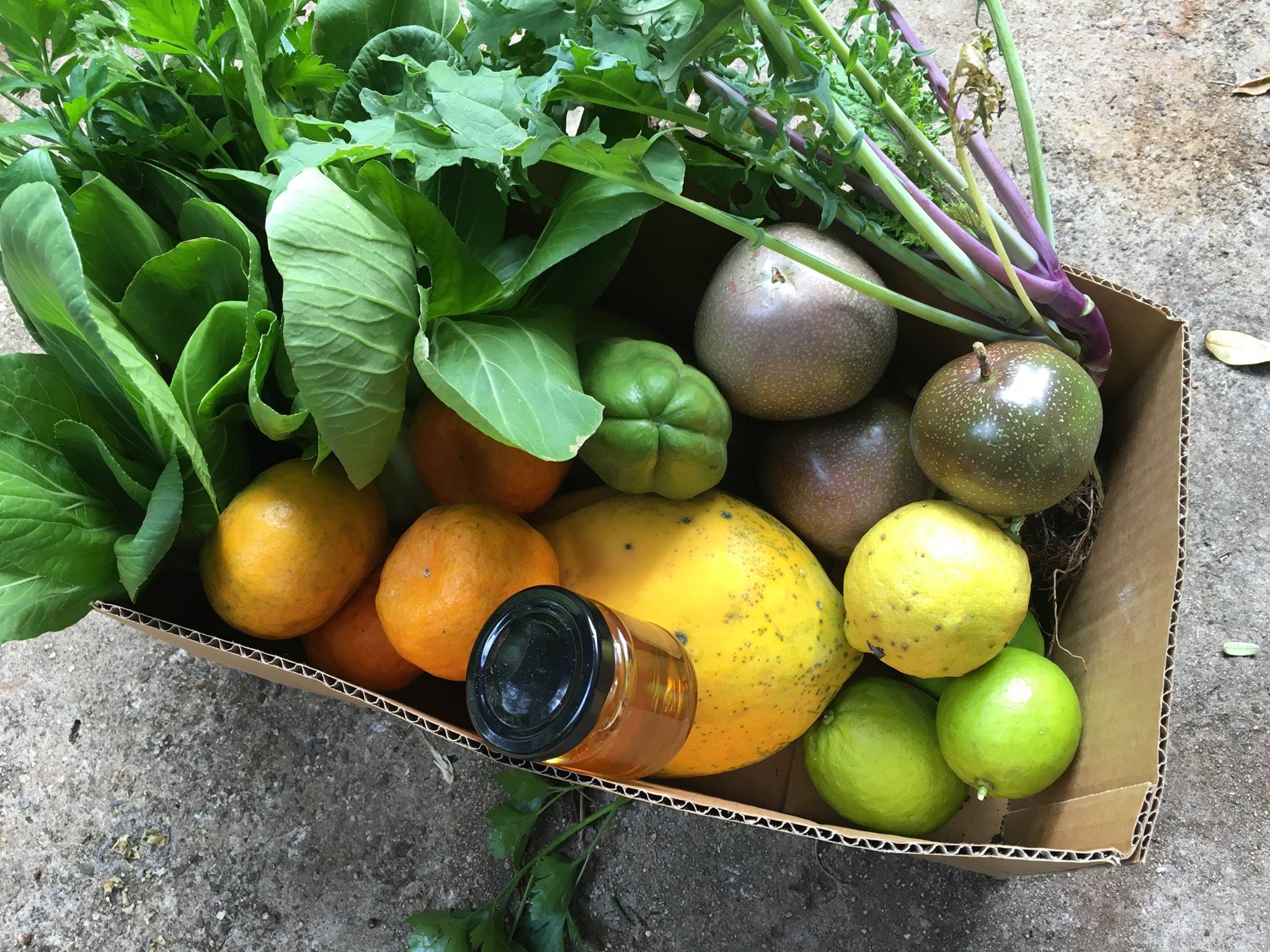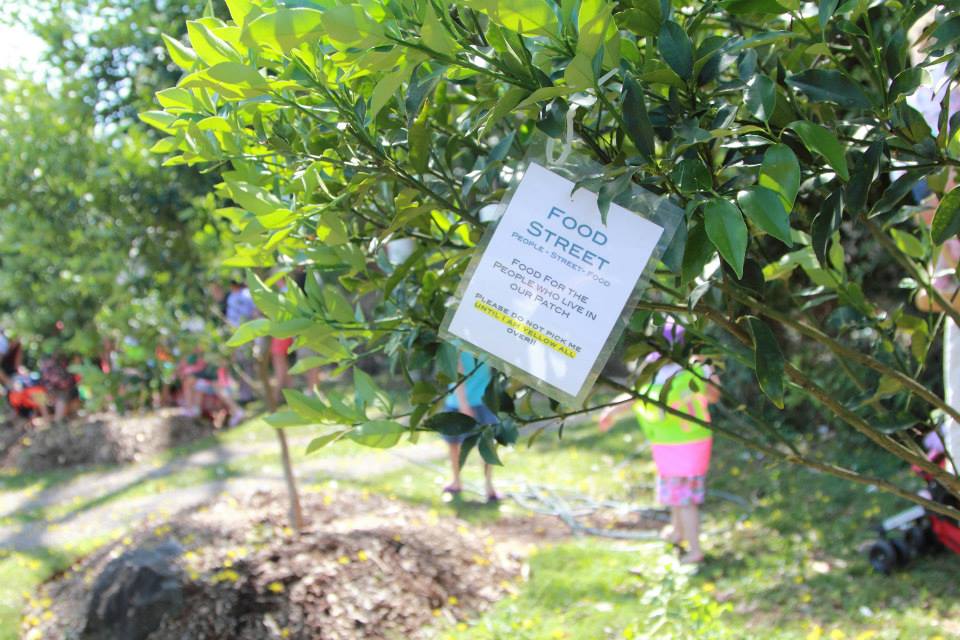Over the past decade, innovative community gardens and vertical farms have been popping up all over the planet, as our climate steadily becomes hotter and, in many areas, drier.
But a suburb in Australia has taken things back to basics, turning their streets into an open-source garden that supplies the community with free fruit, vegetables, and herbs. Last year, the street produced 900 kg of bananas and 300 cabbages.
The project, which is called Urban Food Street, started in 2009, when residents in the tropical north-eastern Queensland suburb of Buderim became outraged about the price of limes, which were retailing for A$1.50 to $2.00 each at the time.
A couple of neighbours decided to plant 10 lime trees on the nature strip to start their own supply.
From there, the idea spread, and now 11 streets in Buderim have turned their nature strips into gardens that grow everything from mint, capsicums, tomatoes, thyme, kale, pomegranates, and potatoes.

« It started with us deciding to plant limes, and then it evolved into this notion that if we put the limes out on the nature strip people could pick a lime for whatever they need it for, » graduate architect and one of the founders of Urban Food Street, Caroline Kemp, told the Australian Broadcasting Corporation (ABC).
The seasonal food grown on the streets is available to everyone freely in the community, even those who haven’t planted anything themselves.
Although the street-side gardens aren’t capable of growing everything that a family needs – residents still buy things like bread and meat – it’s become a good way for the community to quickly and easily add fresh produce into their meals, without having to go down to the shops.
« One of the problems with cooking is you never have the herbs you need at 8 o’clock at night, but now we have the neighbourhood, and you just go down and you just take whatever you need for that meal, » co-founder of the project and horticulturalist Duncan McNaught told the ABC. »That keeps a car off the road, makes it easier for the meal, and it’s also healthier because you’re walking. That’s what the neighbourhood is about: walking and engaging. »





